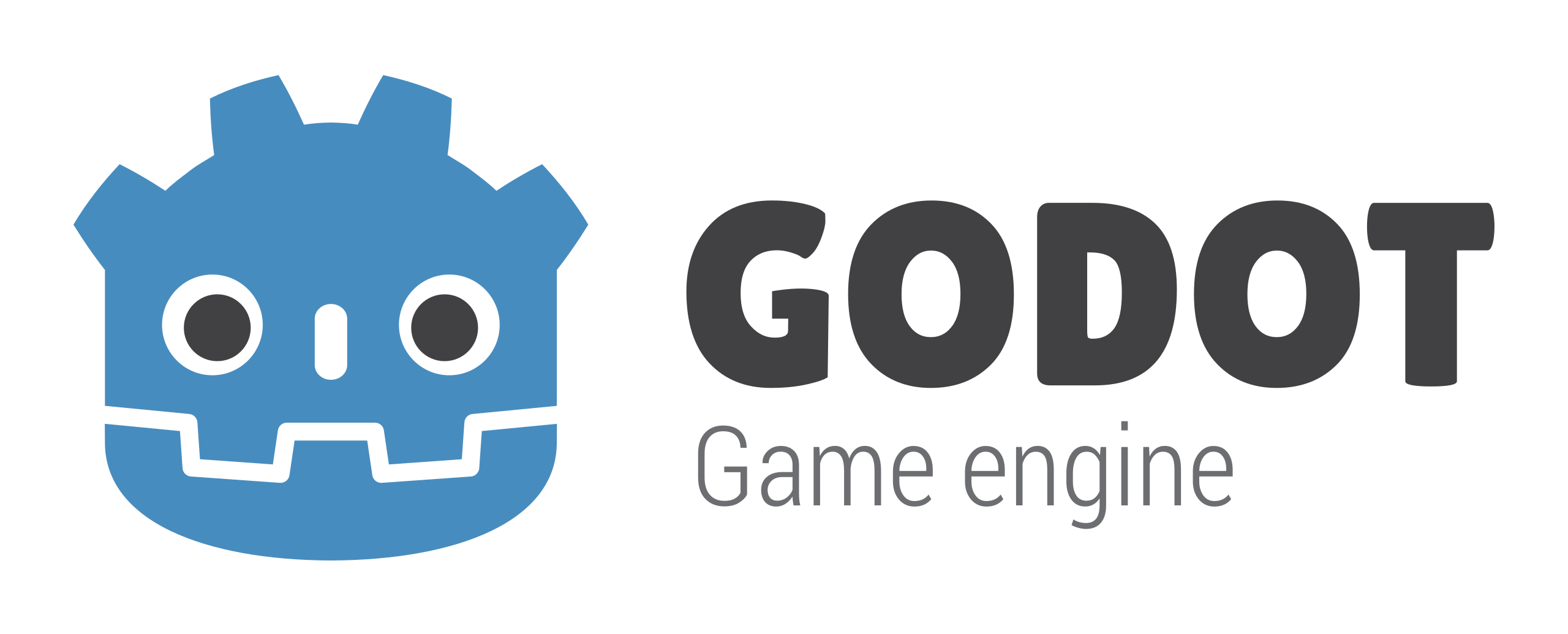Storyboarding
Storyboarding is a technique used in video game creation to plan out and visualize the sequence of events, gameplay mechanics, and storytelling elements of a game. It involves creating a series of illustrated or animated frames that depict the key moments and interactions that will occur throughout the game.
The purpose of storyboarding in video game creation is to help the game’s designers, writers, and artists plan out and refine the game’s narrative, pacing, and gameplay. By creating a visual representation of the game’s story and mechanics, the team can more easily identify potential issues or areas for improvement and make adjustments before the game enters production.
The process of creating a storyboard typically begins with a detailed outline or script for the game’s story and gameplay mechanics. The storyboard artist will then work with the team to develop rough sketches or thumbnails of the key moments and interactions in the game. These sketches are then refined and iterated upon until a final, polished storyboard is produced.
Once the storyboard is complete, it can be used to guide the production of the game. The artists and designers can use the storyboard as a reference for creating the game’s visuals and animations, while the writers can use it to refine the game’s dialogue and narrative structure. The game’s producers can also use the storyboard to plan out the game’s development timeline and budget.
Overall, storyboarding is a critical component of video game creation that helps to ensure that the game’s story and mechanics are engaging and well-structured. By creating a visual representation of the game’s key moments and interactions, the team can more easily identify and address potential issues, resulting in a more polished and successful game.
 |
| 







 |
|  |
| 